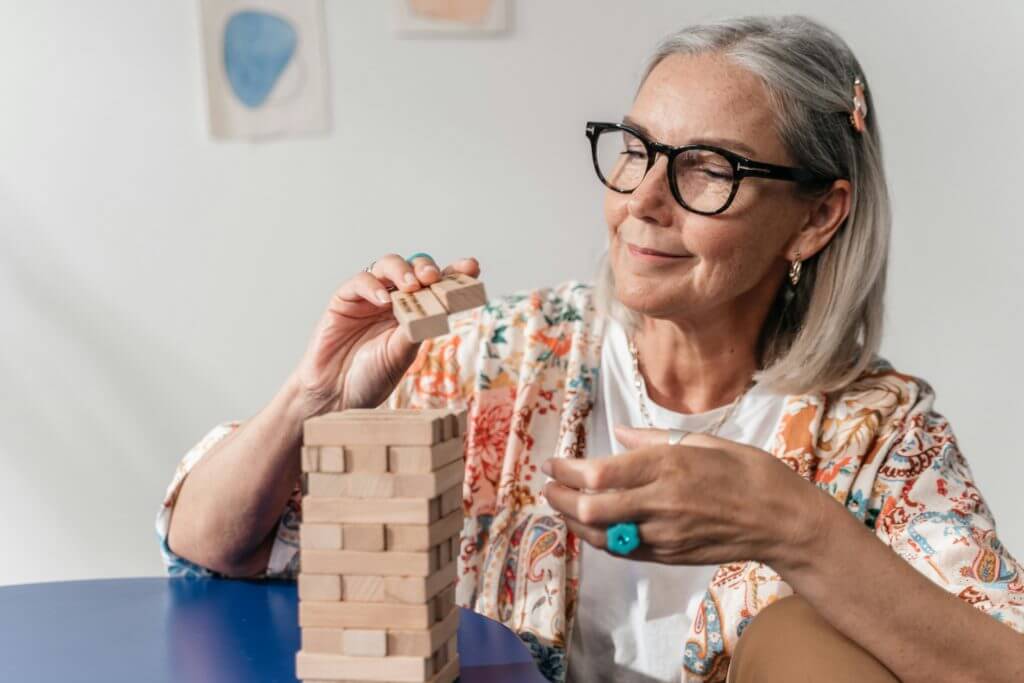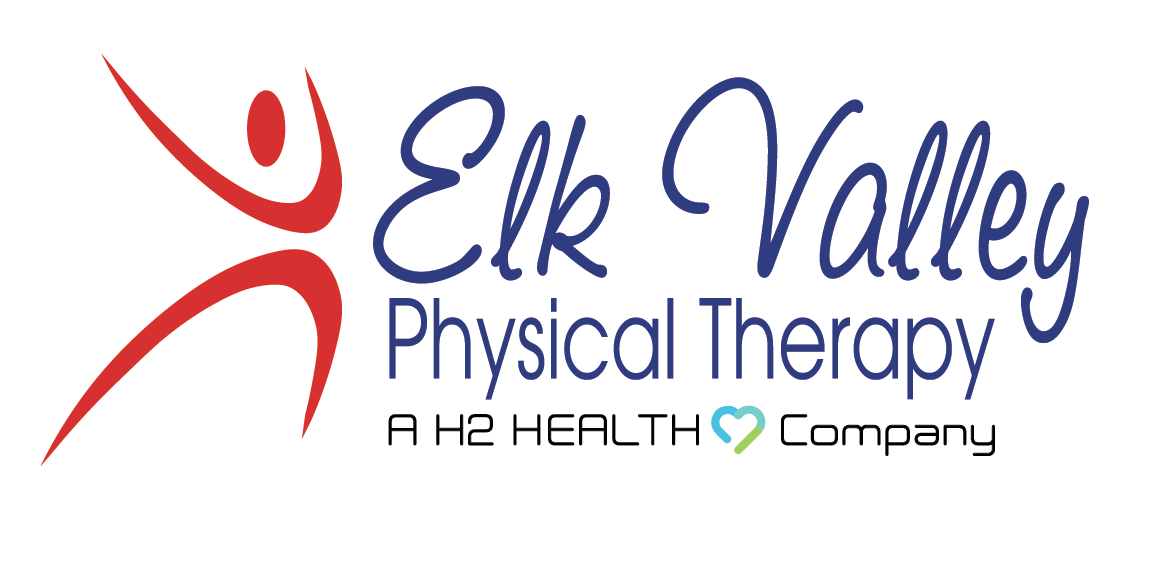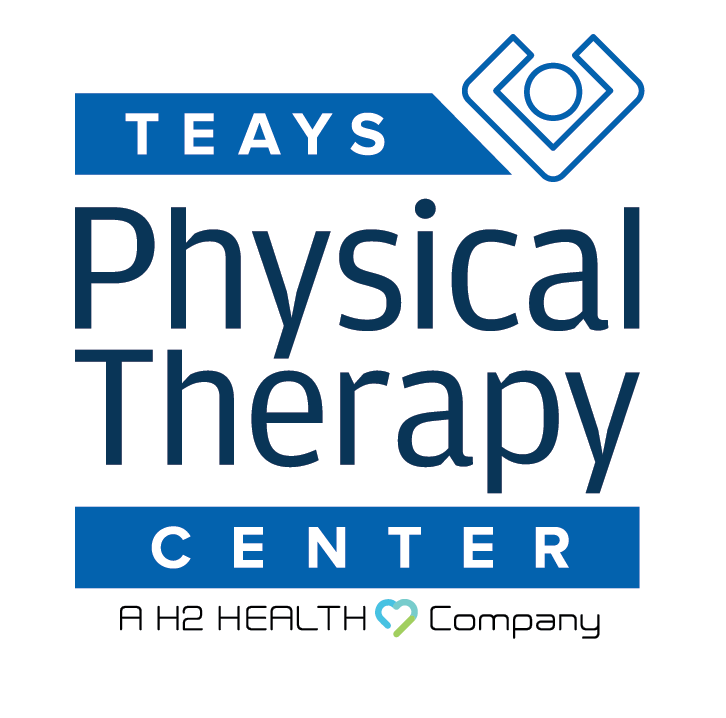
Occupational therapy (OT) plays a crucial role in improving the quality of life for individuals with dementia by addressing various functional impairments, including those related to vision. Low vision in people with dementia poses significant challenges in
daily activities and overall well-being. This guide explores the ways in which occupational therapy interventions can help mitigate the impact of low vision in individuals with dementia, drawing upon recent research and expert opinions in the field.
Low vision is a common comorbidity in individuals with dementia, affecting their ability to perform activities of daily living (ADLs) independently. According to a study published in the *Journal of the American Geriatrics Society*, approximately 60% of individuals with dementia experience some form of visual impairment, such as reduced visual acuity, contrast sensitivity, and depth perception (Owsley, et al., 2007). These visual deficits exacerbate cognitive decline and functional limitations, leading to increased dependency and decreased quality of life.
Occupational Therapy Interventions
Occupational therapists employ a holistic approach to address the unique needs of individuals with dementia and low vision. Through comprehensive assessments and personalized interventions, OTs aim to enhance functional abilities, promote independence, and optimize environmental modifications. Several strategies have been identified to facilitate visual function and compensate for visual deficits in this population:
1. Environmental Modifications
– Optimize Lighting: Ensure adequate lighting in all living spaces, including
natural light sources and artificial lighting. Use brighter bulbs and task lighting to reduce shadows and improve visibility.
– Minimize Glare: Position light sources away from reflective surfaces and use window coverings to control glare. Matte finishes on furnishings and non-glare surfaces on electronic devices can also help reduce glare.
– Increase Contrast: Enhance color contrast between objects and backgrounds to improve object recognition. For example, use dark colored placemats on light-colored tables or place brightly colored tape along the edges of steps.
2. Use of Visual Aids and Assistive Devices
– Magnification Tools: Provide magnifiers or handheld magnifying glasses to aid in reading labels, menus, or instructions. Large-print books, calendars, and clocks can also improve visibility.
– Contrast Enhancers: Utilize high-contrast items such as large print playing cards, tactile markers on commonly used items, and bold-colored kitchen utensils to enhance object visibility.
– Adaptive Technology: Introduce electronic devices with accessibility features such as text-to-speech and voice-activated commands. Tablets and smartphones can be customized with large icons and simplified interfaces for easier navigation.
3. Task Simplification and Cueing
– Break Tasks into Steps: Divide complex tasks into sequential steps and provide simple, verbal instructions or visual cues for each step. For example, when preparing a meal, break down the process into assembling ingredients, following a recipe, and using kitchen appliances.
– Use Memory Aids: Implement memory aids such as checklists, labeled drawers, and picture schedules to facilitate independent task completion and reduce reliance on memory.
– Consistent Routines: Establish predictable daily routines and schedules to provide structure and familiarity, which can reduce confusion and anxiety for dementia patients with low vision.
4. Sensory Stimulation and Engagement:
– Multi-Sensory Activities: Engage dementia patients in multi-sensory experiences that stimulate other senses besides vision, such as auditory or tactile stimulation. Activities like music therapy, aromatherapy, and tactile art projects can provide sensory enjoyment and cognitive stimulation.
– Outdoor Exploration: Encourage outdoor activities that promote sensory engagement, such as nature walks, gardening, and birdwatching. Exposure to natural environments can have therapeutic benefits and improve mood and cognition.
5. Caregiver Education and Support:
– Training and Support: Provide education and training sessions for caregivers on how to implement OT strategies at home, including environmental modifications and effective communication techniques.
– Respite Care: Offer respite care services to caregivers to prevent burnout and ensure the well-being of both the dementia patient and the caregiver.
Occupational therapy and physical therapy are integral components of dementia care that focus on improving the overall quality of life for patients. These therapies address a wide range of physical, cognitive, and behavioral challenges, enabling individuals with dementia to maintain their independence, manage their symptoms, and enhance their overall well-being. Collaboration between healthcare professionals, including occupational therapists, physical therapists, and other specialists, is essential to provide comprehensive care for individuals living with dementia.
Remember that every individual with dementia is unique, and their needs may change over time. Continuously assess the quality of care your loved one is receiving and be prepared to make adjustments as necessary to ensure their safety and happiness in a care community. We work on exercises and stretches that prevent falls before they happen. To learn more, call (904) 618-3778 or email seniorservicesfl@h2health.com.
For more resources, check out the Alzheimer’s Society.
To schedule an appointment or consultation, reach out to us.
Sources:
-
-Whitaker, A. M., & Fossey, J. (2010). Occupational therapy interventions for adults with low vision. *American Journal of Occupational Therapy*, 64(4), 604-612.
– Hanson, C. (2018). Occupational therapy interventions for individuals with dementia. *The American Journal of Occupational Therapy*, 72(2), 7202360010.
– Bourgeois, M. S. (2002). Enhancing communication in dementia care: A role for speech-language pathology. *Perspectives on Gerontology*, 7(2), 5-12.






































